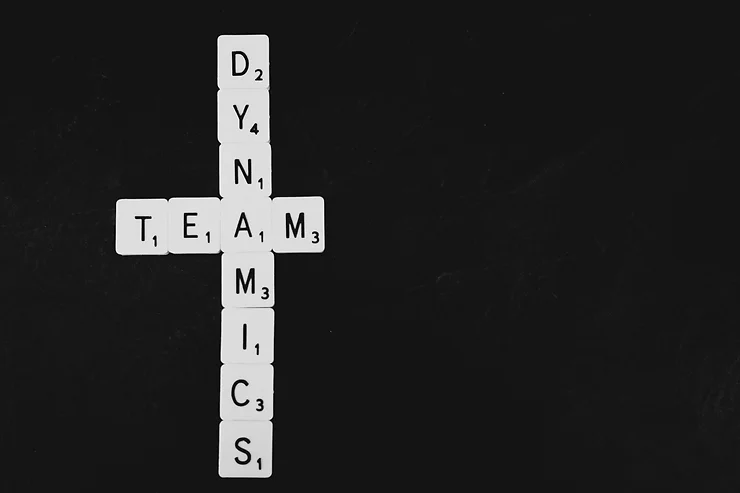
It’s 1941- we are in a Navy base of the U.S Army, in Pearl Harbor, Hawaii. World War II is underway, and things between the U.S and the Empire of Japan are not exactly friendly. Pearl Harbor is well-protected against air and navy attacks by the Pacific Fleet, but the Washinton receives a message about an attack on U.S Submarine and a planned attack at the Pacific.
Troops at Pearl Harbor have been warned of the possibility, but they are quick to dismiss the warning. They reason and rationalise that the Japanese would not do such a thing as it would mean waging war, which the U.S would definitely win. They also felt secure due to the protection of the Pacific fleet.
Let’s come back to the present day, now. We know that the attack did in fact happen, and it lead to one of the worst nuclear warfares the world has ever seen. Approximately 2,500 lives were lost at Pearl Harbor, which begs the question – could this be prevented if the troops had not rationalised the outcome and prepared according to the warning? Maybe.
A Lesson In History
Pearl Harbor is frequently used as an example of a phenomenon called “Groupthink”. This occurs when internal group dynamics or external pressures compromise the members’ decision-making process and forces them into a consensus.
The troops at Peal Harbor rationalised the intent and motivation behind Japan’s attacks without any concrete knowledge and chose to overlook well-grounded information. They also assumed invincibility in the instance of war, overlooking the possible damage an attack could cause regardless.
How Groupthink Harms Businesses
No group, however big or small, learned or novice, is free from the possibility of engaging in Groupthink. This poses a sizeable challenge for business leaders and team managers. Since the growth of your business relies on effective decision-making processes, groupthink poses as Kryptonite to its wellbeing.
Within a work environment, Groupthink is often a result of a false cohesion, wherein members refrain from sharing opposing ideas to avoid disharmony or hostility from others. This results in creative, out-of-the-box thinking being underappreciated, leading the members to eventually lose interest and stick to the status quo. This way, the team misses out on good insight and perspective that could help in formulating more effective solutions.
All of this, overall, can result in a decrease in profitability and growth. In some cases, Groupthink could result in significant losses and eventual downfall as well.
But, What Causes Groupthink?
Many factors contribute to an environment that restricts a group’s ability to make good decisions, such as peer pressure, censorship, or complacency. These factors, despite their impact, could be very subtle and require deliberate observation of the group dynamics to weed out.
The presence of the following elements in the workspace can signify its members being more prone to groupthink:
1. Presence of a strong, persuasive group leader: Some leaders can dominate the conversation and leave their subordinates feeling intimidated into an agreement. Alternatively, members might also agree with leaders whom they admire and respect, either in an attempt to please them or simply because of their influence.
2. High level of group cohesion: When the group members share a good relationship, many might forego voicing opposing opinions to “not rock the boat”. Such cohesion could also result in peer pressure, wherein members who voice differing opinions are seen as a threat. Such a dynamic could be a result of a lack of diversity with the team.
3. External pressure to make a good decision: A high-risk situation can make the members avoid risky options or out-of-the-box solutions. There is a higher chance that they would stick to tried and tested methods over finding unique and effective solutions. The group could also turn to the leader in such cases and rely solely on their guidance and decisions and refrain from sharing their views.
4. The process is rushed: Time is the mortal enemy of effective decision making. When rushed, groups are prone to skipping over alternative solutions and even overlook risks and red flags. These time crunches can either be due to external deadlines, or a result of members being asked to offer insights on the spot.
Immunity Against Groupthink
When trying to build a team that is immune to Groupthink, the onus of the responsibility falls on the leader – but is not limited to it. By simply gaining awareness of the phenomenon can help the members become more vigilant against it. Practising listening skills and assertive communication within the team can help overcome factors such as peer pressure.
If you are a leader, here are some ways you can push your team members towards making better decisions:
-
When brainstorming, allow the members to speak first and reserve your comments for the end to reduce your influence
-
Hire people from diverse backgrounds to imbibe more perspectives into the mind-pool
-
Ensure that the members have a safe space to present their opinions
-
Whenever possible, give the members time to ponder and get back to you with their inputs
-
Refrain from favouritism and practice objectivity towards your own biases
-
External pressures can be hard to predict, but whenever they arise, take steps to help the members to the ground and follow the process of decision making
Unlocking True Potential
Groupthink can happen to any team at any stage of growth but can be overcome with timely intervention by either the leaders or the members themselves. By taking simple steps towards diversifying team composition, building clear and assertive communication between the members and adapting their style of leadership, group leaders can empower group members to overcome Groupthink.










